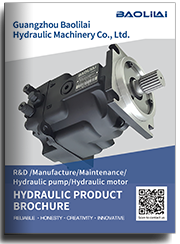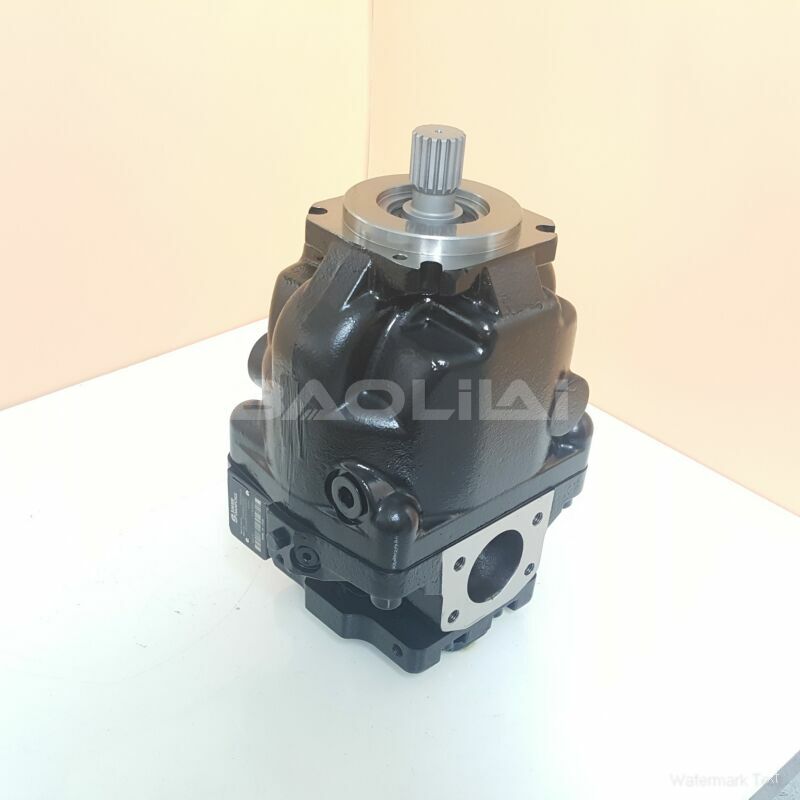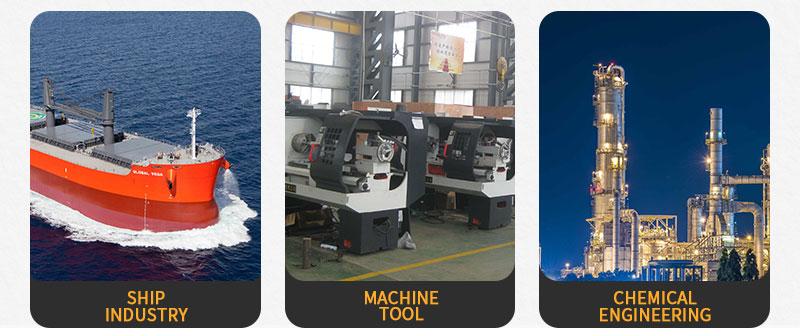ERR100BLS2620NNN3S2RPA1NNNNNNNNNN danfoss pump
ERR100BLS2620NNN3S2RPA1NNNNNNNNNN danfoss pump

- Product Details
- Applicable Scene
Once you’ve identified potential sources of cavitation, consider adjusting the operating conditions:
ER-R-100B-LS-26-20-NN-N-3-S2RP-A1N-NNN-NNN-NNN
ERR100BLS2620NNN3S2RPA1NNNNNNNNNN
Increase Suction Head: If feasible, increase the suction head by locating the pump closer to the fluid reservoir or using a larger diameter inlet line to reduce friction losses.

80003910
Reduce Flow Restrictions: Inspect and remove any restrictions within the suction line, including filters, elbows, or valves that may be affecting fluid flow.
Improve Heat Management: If the system overheats, consider installing cooling jackets or radiators to maintain optimal fluid temperature and viscosity.
Reevaluate Pump Speed: Lowering the pump speed may help reduce the risk of cavitation if the current settings are excessive for the low-viscosity fluid.
Consider Cavitation-Resilient Design Options
For systems that frequently experience cavitation, consider implementing design changes, such as:
Selecting Cavitation-Resistant Pumps: Invest in pumps designed to handle cavitation. These typically have improved impeller designs and enhanced materials that can withstand the effects of vapor collapse.
Adding Cavitation Suppressors: Employ devices that can help manage cavitation, such as suction stabilizers or vortex suppressors, to moderate pressure fluctuations.
Conduct Regular Maintenance
Finally, routine maintenance is essential to prevent cavitation-related issues. Regularly inspect and service the hydraulic system, focusing on:
Monitoring fluid levels and replacing fluid as needed to ensure optimal viscosity.
Checking and replacing filters to maintain clean supply lines.
Conducting vibration analysis to detect early signs of cavitation or pump wear.
By following these troubleshooting steps and continuously monitoring system performance, you can effectively identify and mitigate hydraulic pump cavitation in low-viscosity fluid systems, ensuring reliability and efficiency in your operations.





